Experts used CT scans of Ramesses II's mummy to reconstruct his face in middle age and after death.
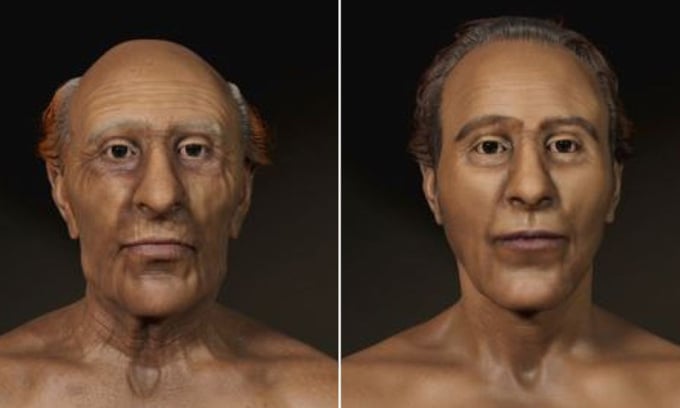
Reconstructed face of pharaoh Ramesses II in his old age and in his middle age. Photo: Face Lab/Liverpool John Moores University
A team led by Caroline M. Wilkinson, an expert at Liverpool John Moores University, reconstructed the face of Ramesses II, one of the most famous pharaohs of ancient Egypt, based on computed tomography (CT) scans of his mummy, IFL Science reported on October 19. The new study was published in the Journal of Archaeological Science. The digital reconstruction revealed Ramesses II's face at age 45, when he was in his prime, and at age 90, when he died.
Often referred to as Ramesses the Great, Ramesses II ruled the New Kingdom of Egypt from 1279 to 1213 BC. During his legendary 66-year reign, he became one of the most powerful kings in Egyptian history, confronting many enemies and expanding his empire.
The team explained that Ramesses II's mummy was scanned using a modified CT method, which is suitable for ancient bodies that have dried out. They also noted the incredible work that ancient embalmers did to preserve the pharaoh's body. "Ramess II's mummy is like a 'time capsule' that preserves his facial features and hair, allowing us to study his facial features in greater detail," the team said.
For example, Ramesses II went bald in his old age, with only hair remaining on his back and sides. These persistent hair follicles were dyed orange with henna, and much of it is still present on the mummy after more than 3,200 years.
Ramesses II had pierced ears, but archaeological evidence suggests that men in ancient Egypt typically wore earrings only in their youth. So the team decided to reconstruct Ramesses II's adult face without any jewelry. The mummy also shows that the pharaoh had "honey-brown skin" and a "prominent nose." The embalmers tried to preserve the nose by stuffing it with things like beads, resin, and animal bones.
The process of reconstructing the face of Pharaoh Ramesses II. Video: Face Lab/Liverpool John Moores University
To recreate Ramesses II in middle age, the team used a variety of modeling tools to remove some of the signs of aging, such as a drooping nose, thin lips, and sunken cheeks due to tooth loss. "The reconstruction of the younger Ramesses II's face is depicted with a stronger, firmer jawline, a more defined nose and ears, fuller cheeks and lips, fewer wrinkles, less pronounced facial folds and furrows, and darker, thicker hair," they explained.
Thu Thao (According to IFL Science )
Source link


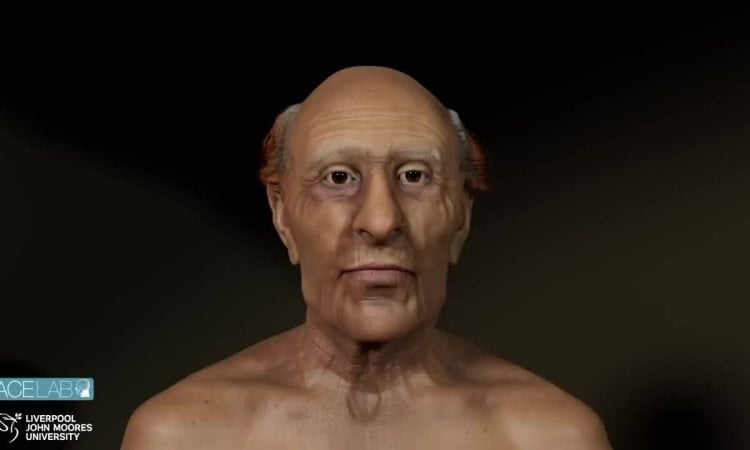
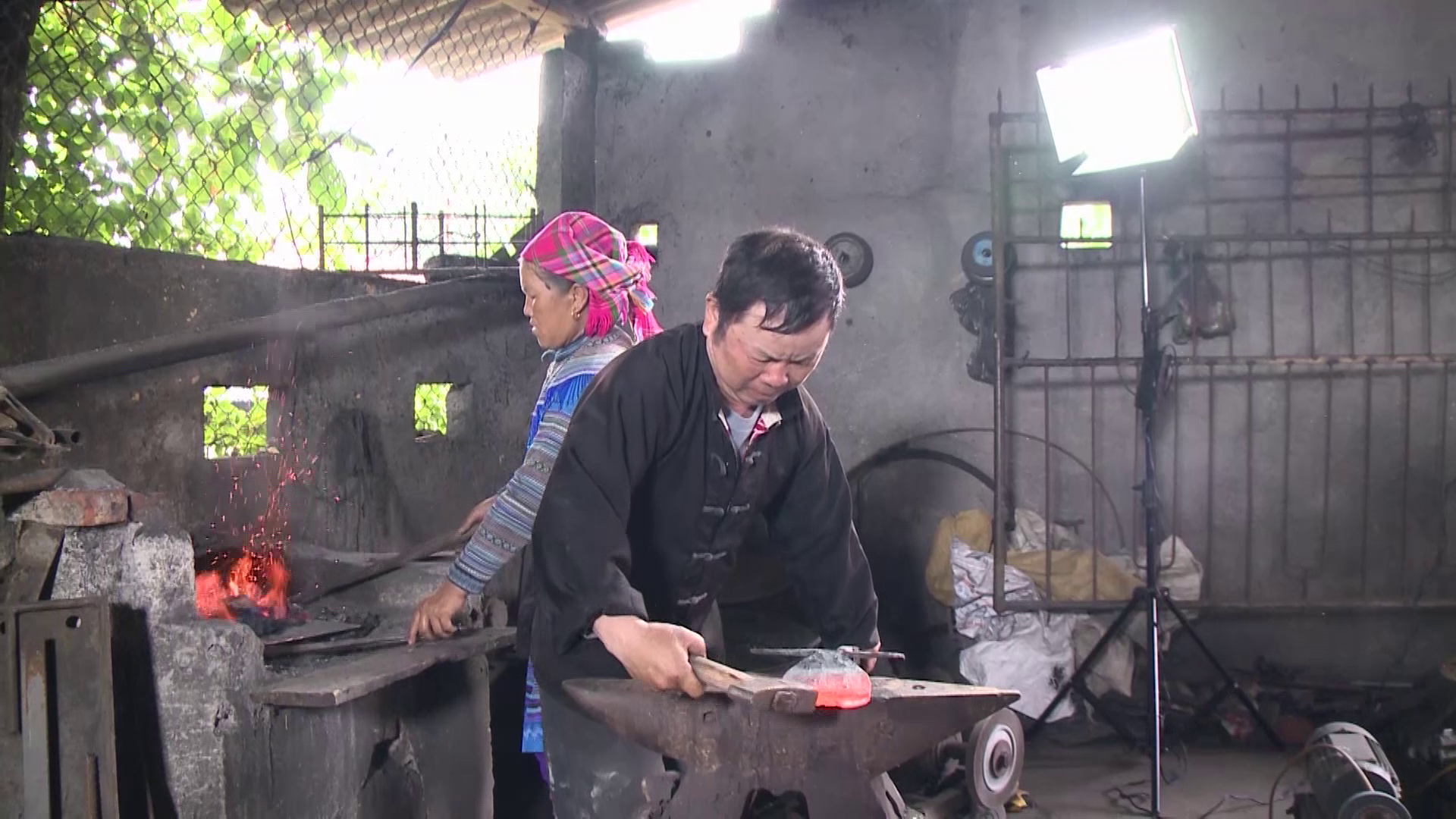

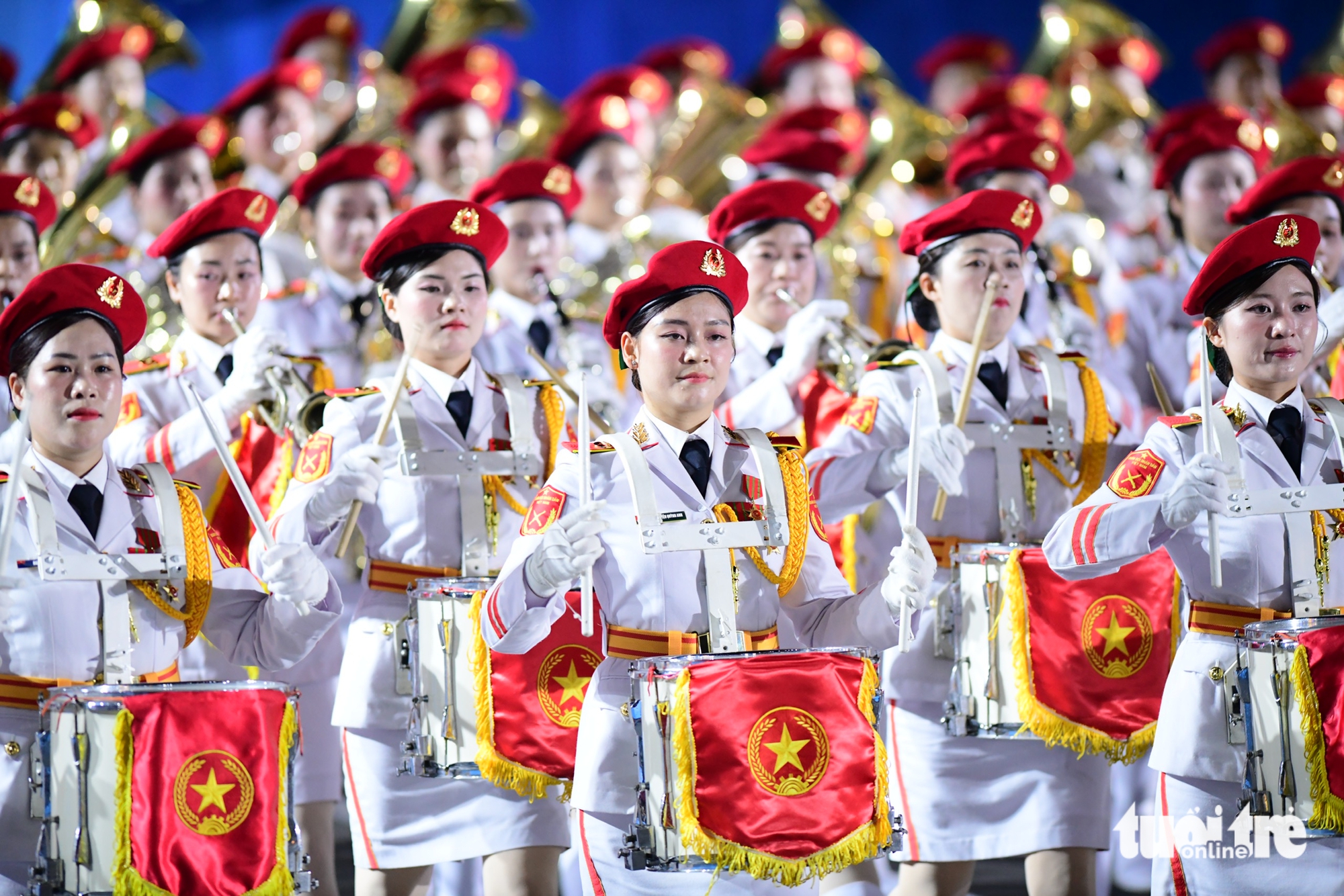
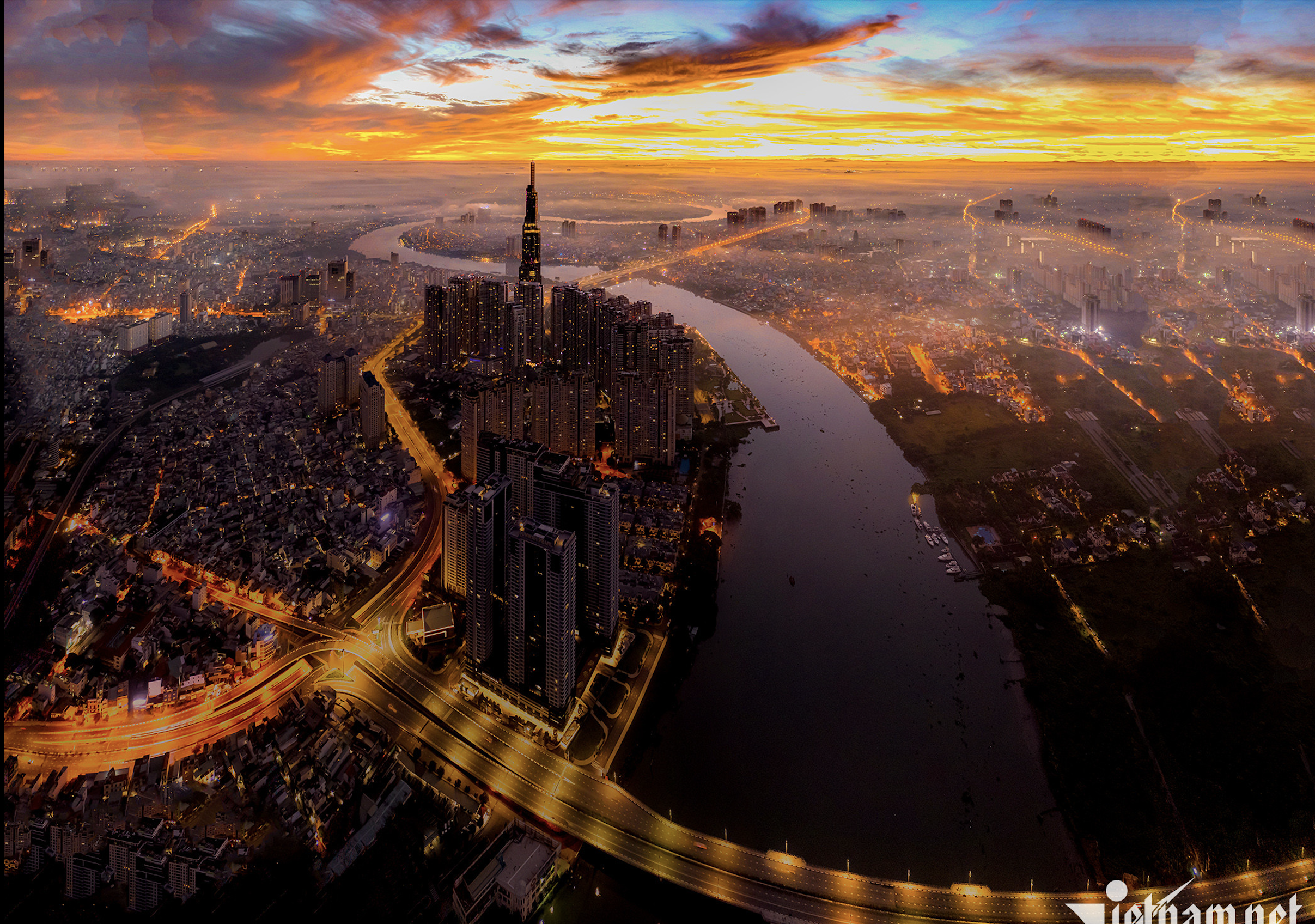
![[Photo] Prime Minister Pham Minh Chinh receives Mr. Jefferey Perlman, CEO of Warburg Pincus Group (USA)](https://vstatic.vietnam.vn/vietnam/resource/IMAGE/2025/4/18/c37781eeb50342f09d8fe6841db2426c)
![[UPDATE] April 30th parade rehearsal on Le Duan street in front of Independence Palace](https://vstatic.vietnam.vn/vietnam/resource/IMAGE/2025/4/18/8f2604c6bc5648d4b918bd6867d08396)
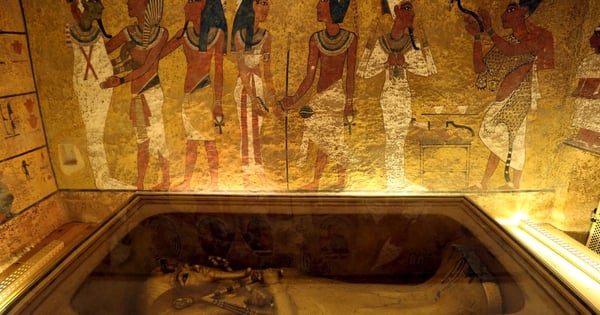

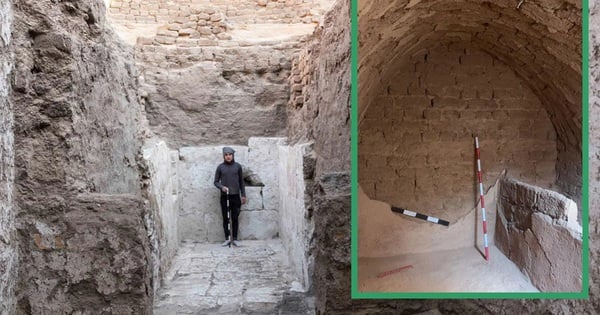


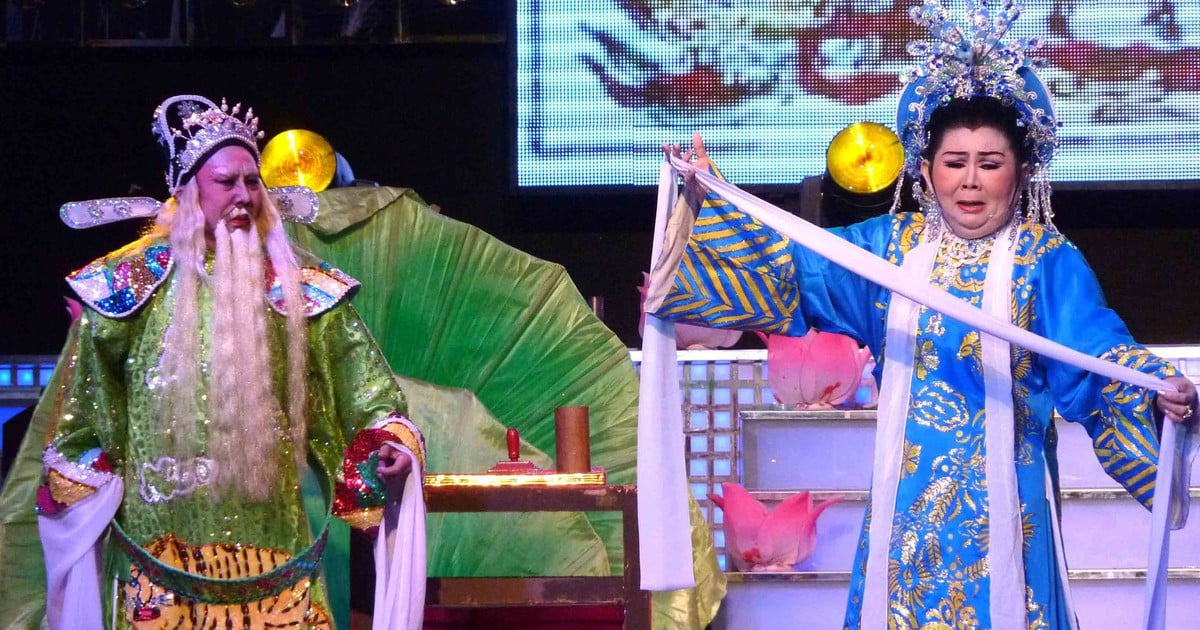
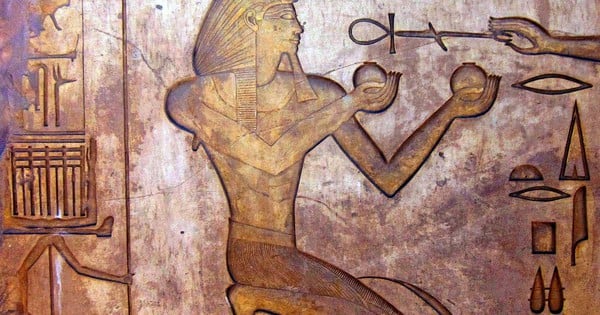
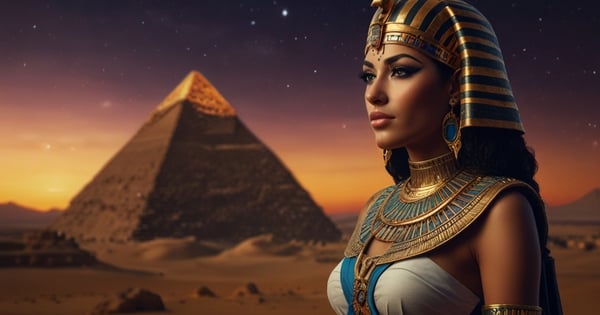

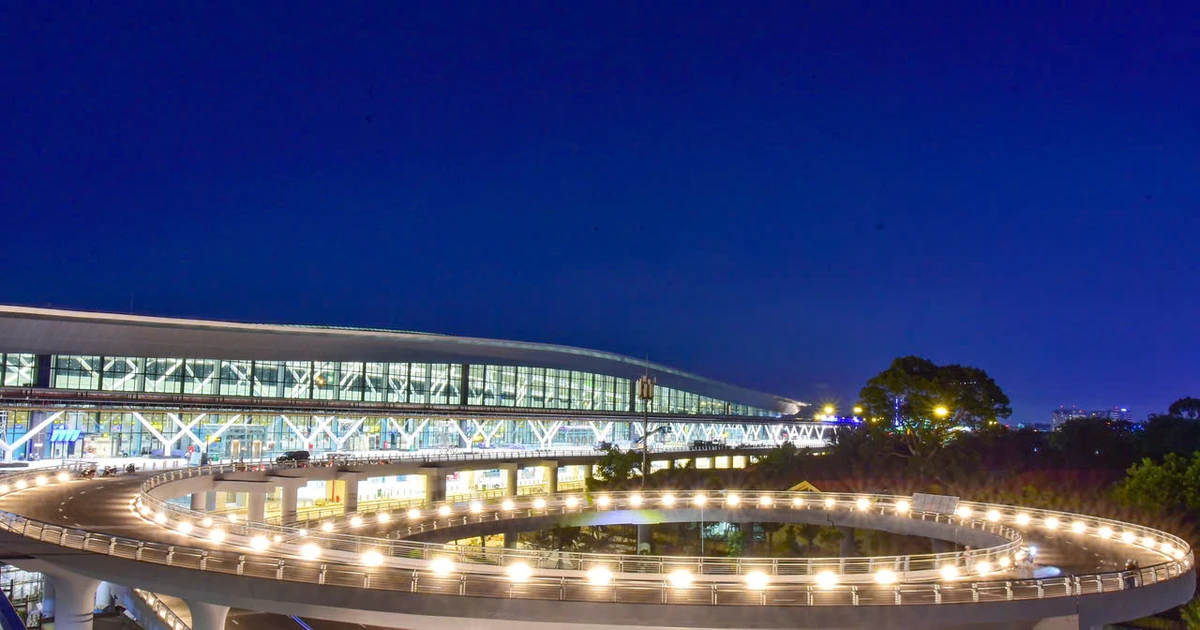


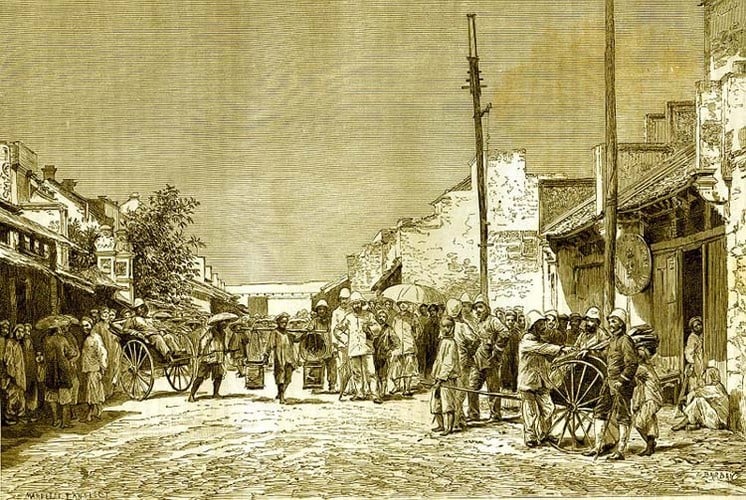
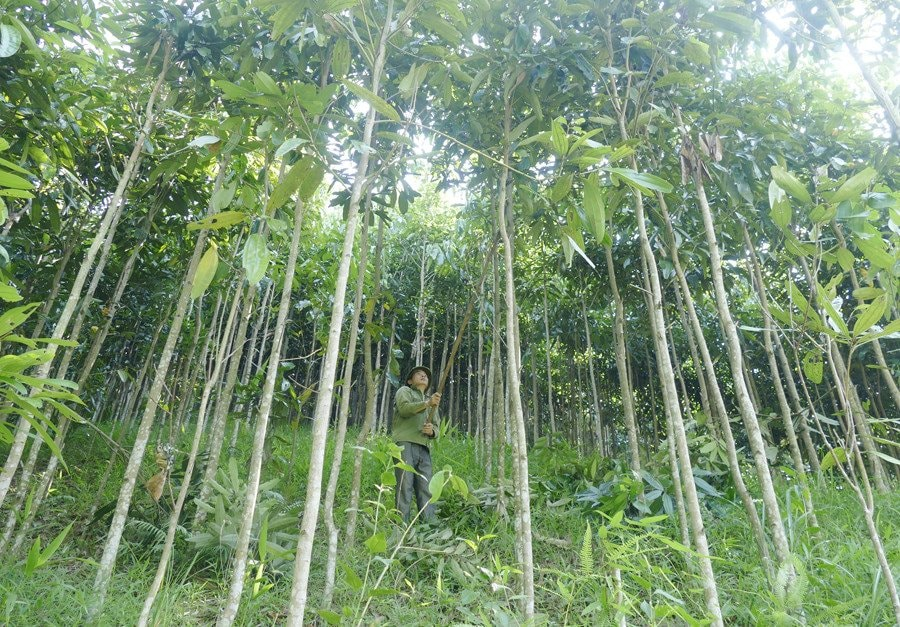












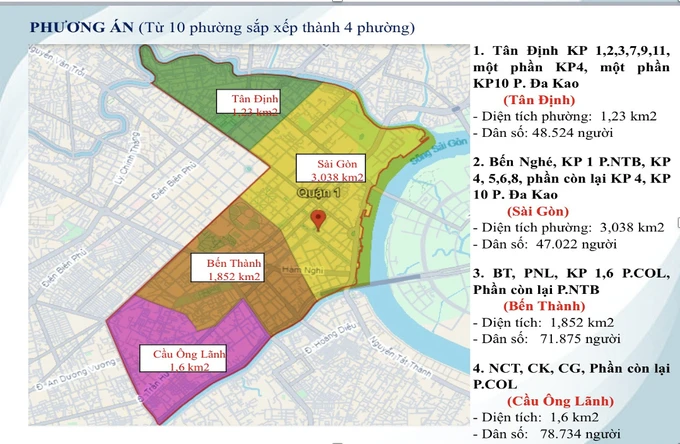



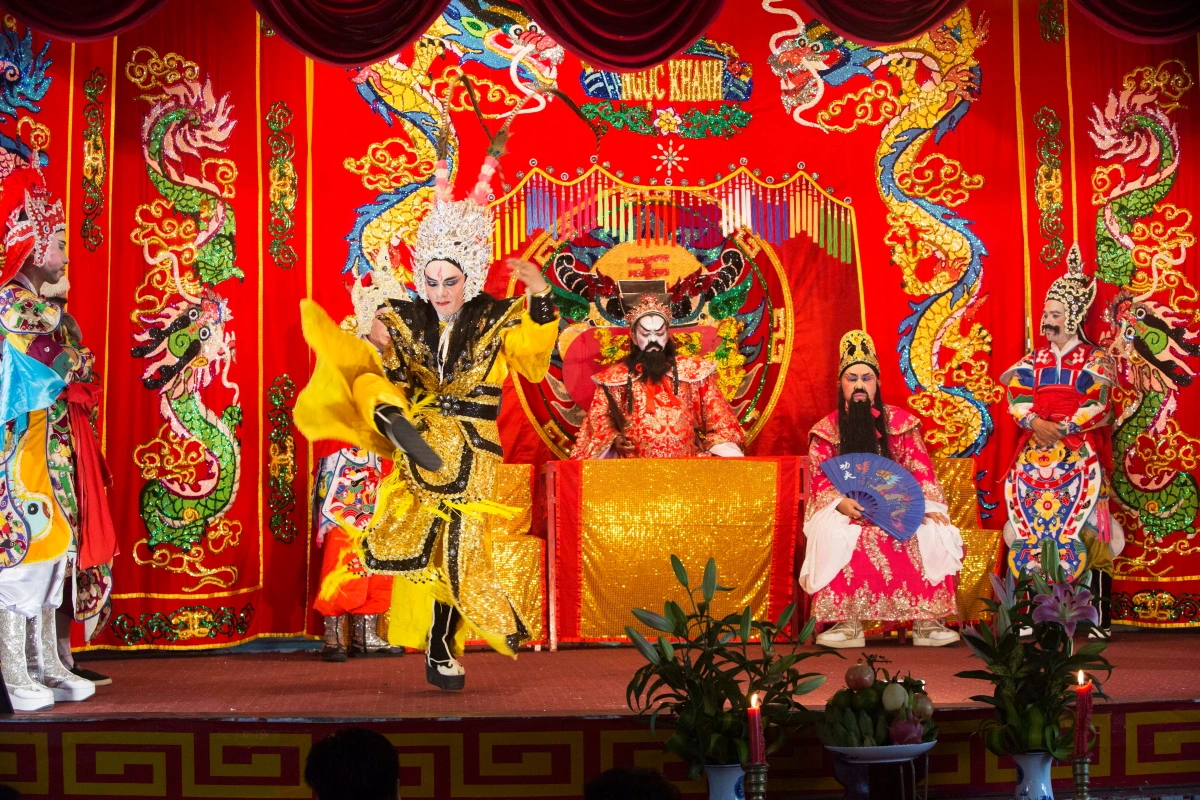



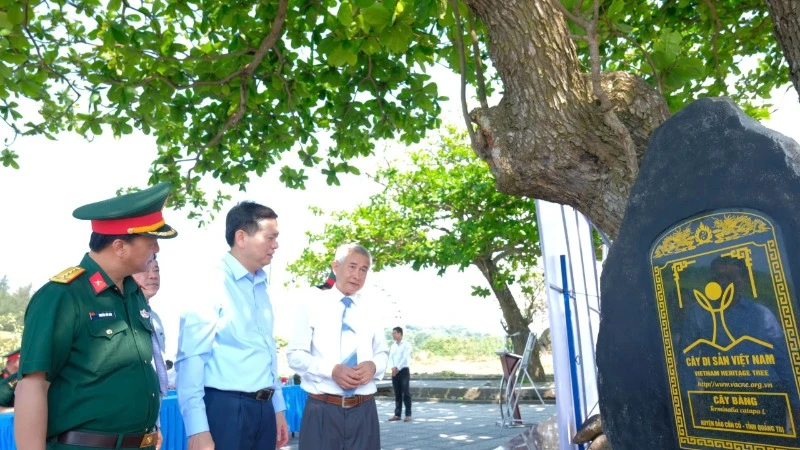






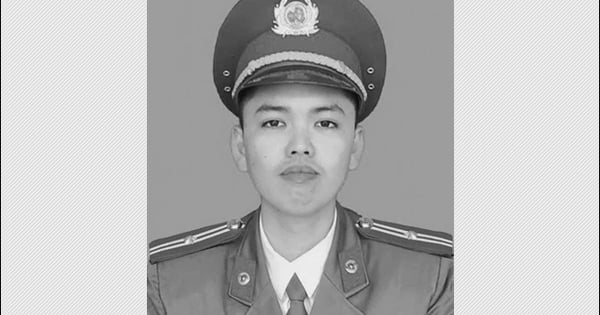







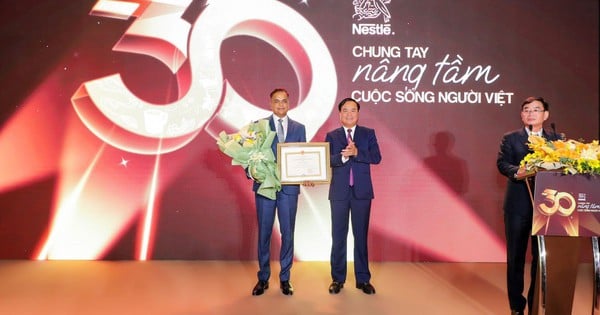





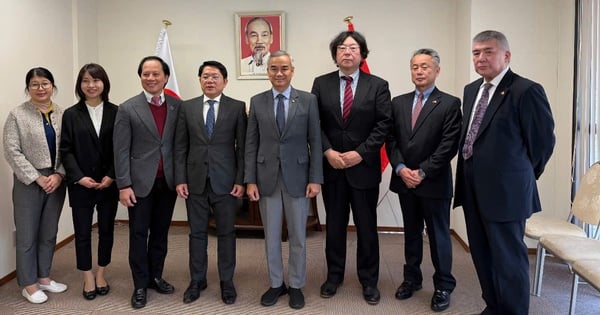


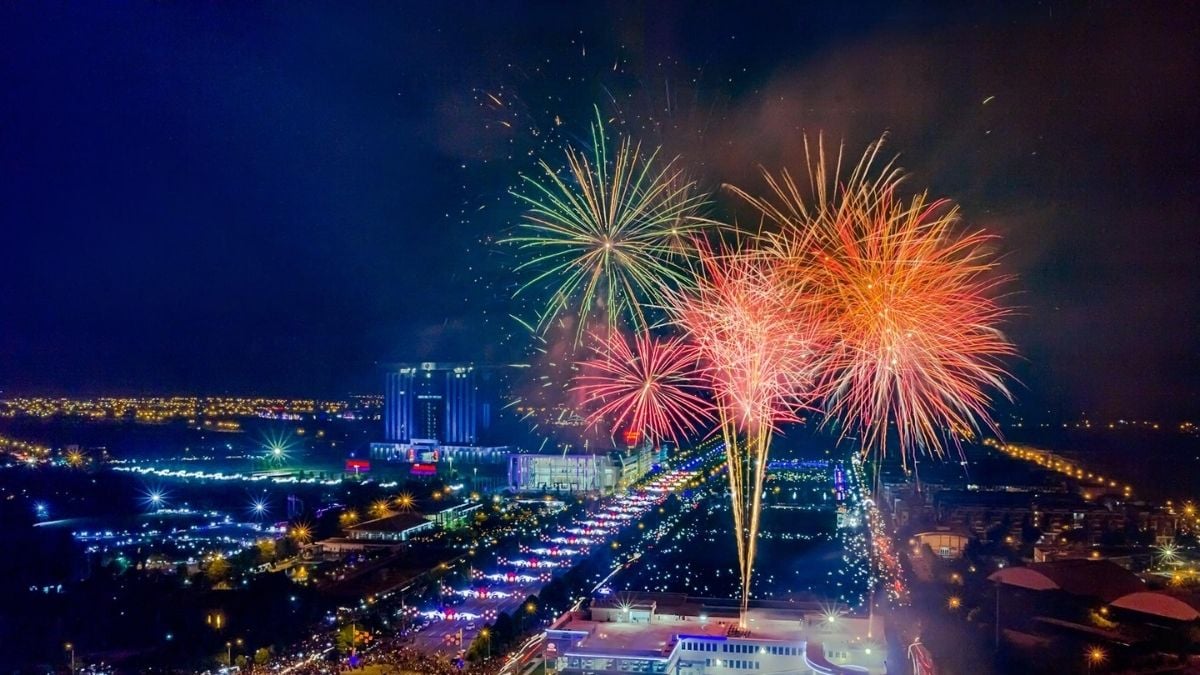
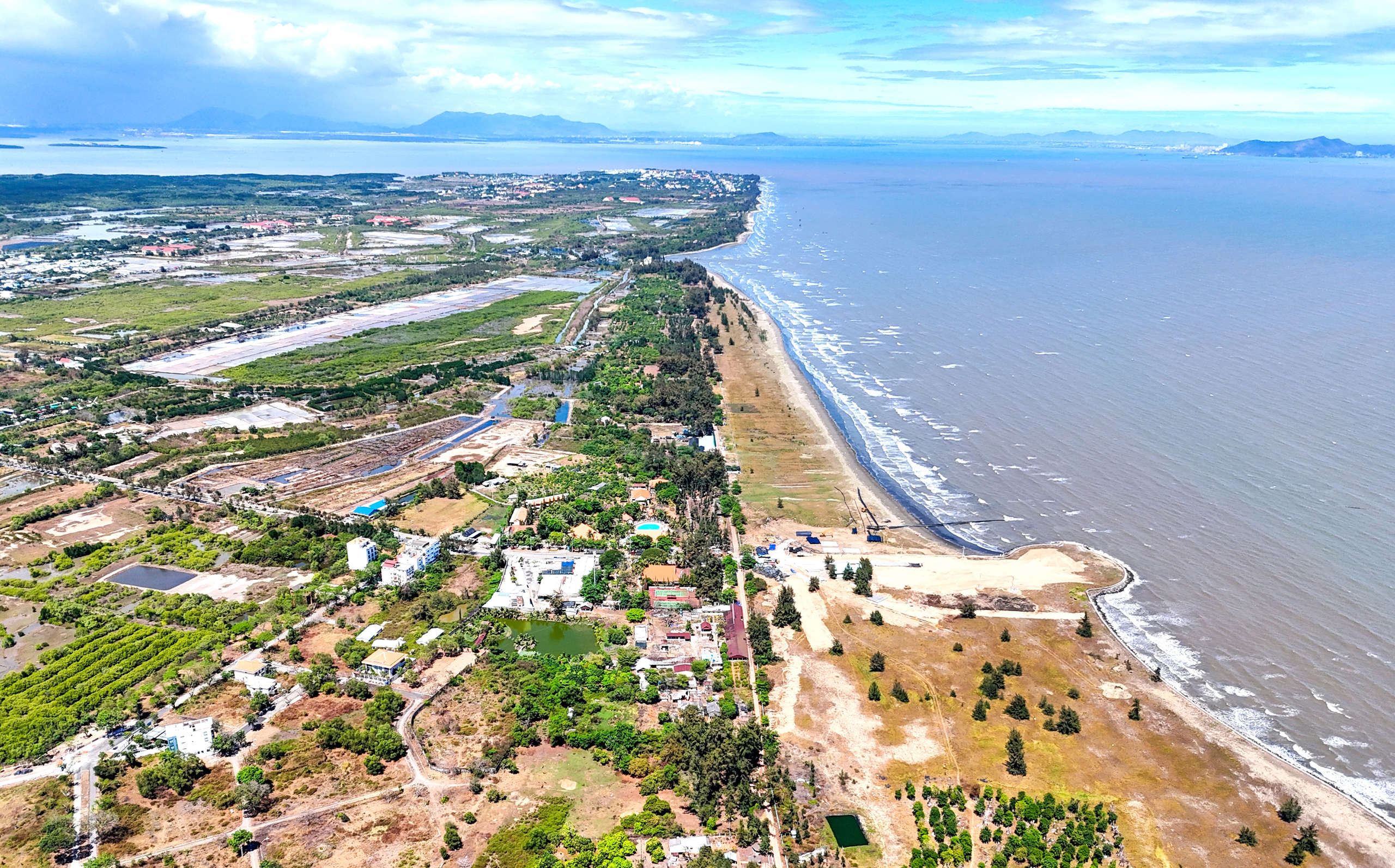



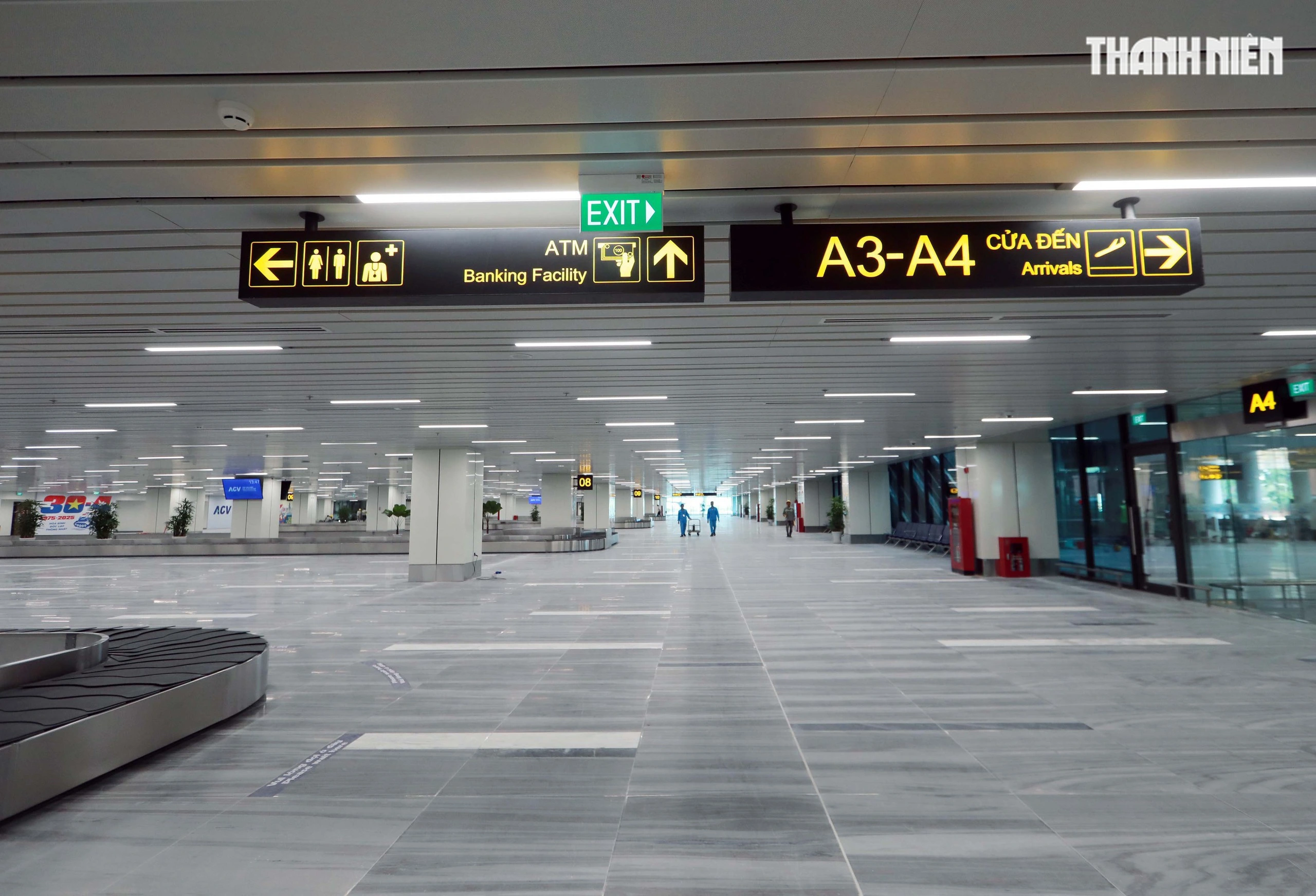
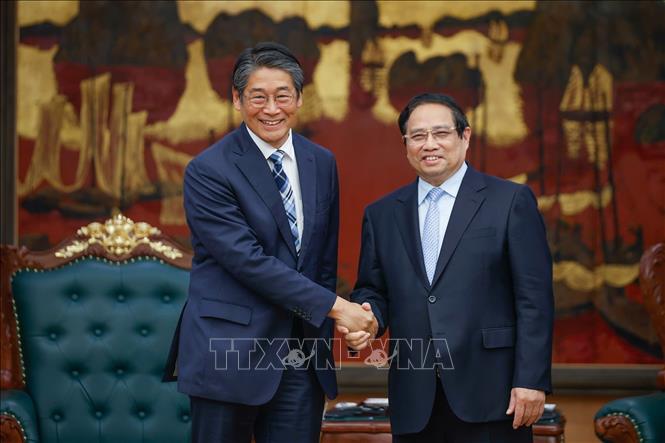





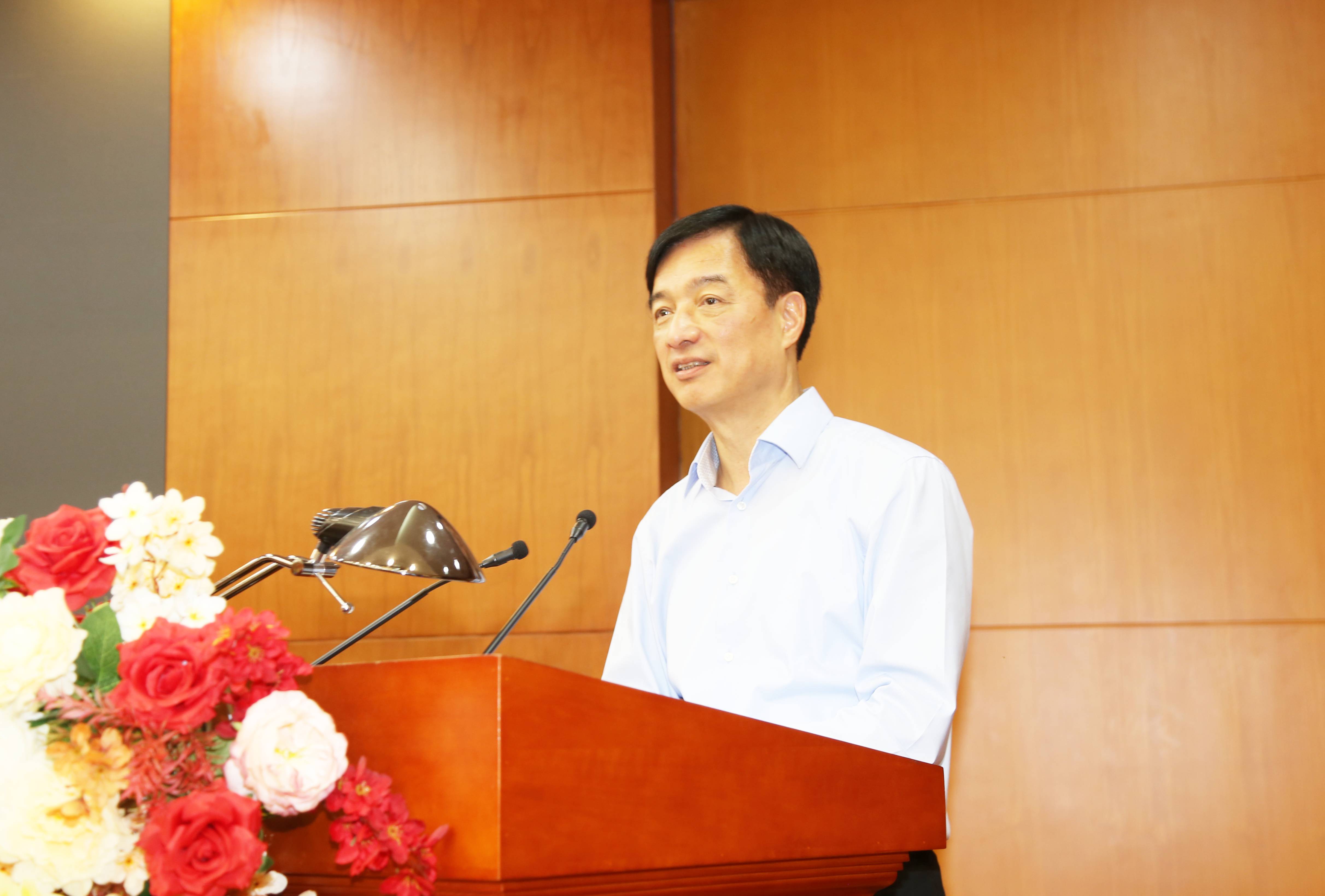






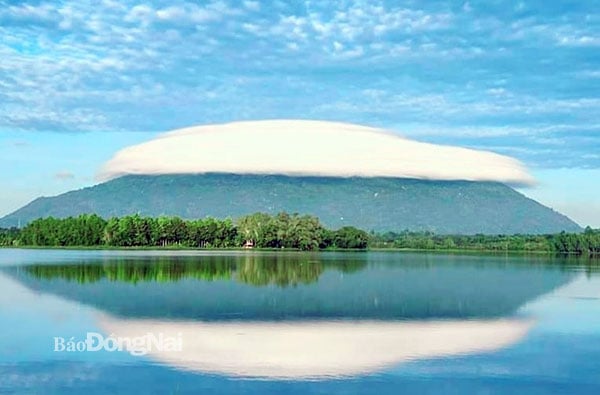


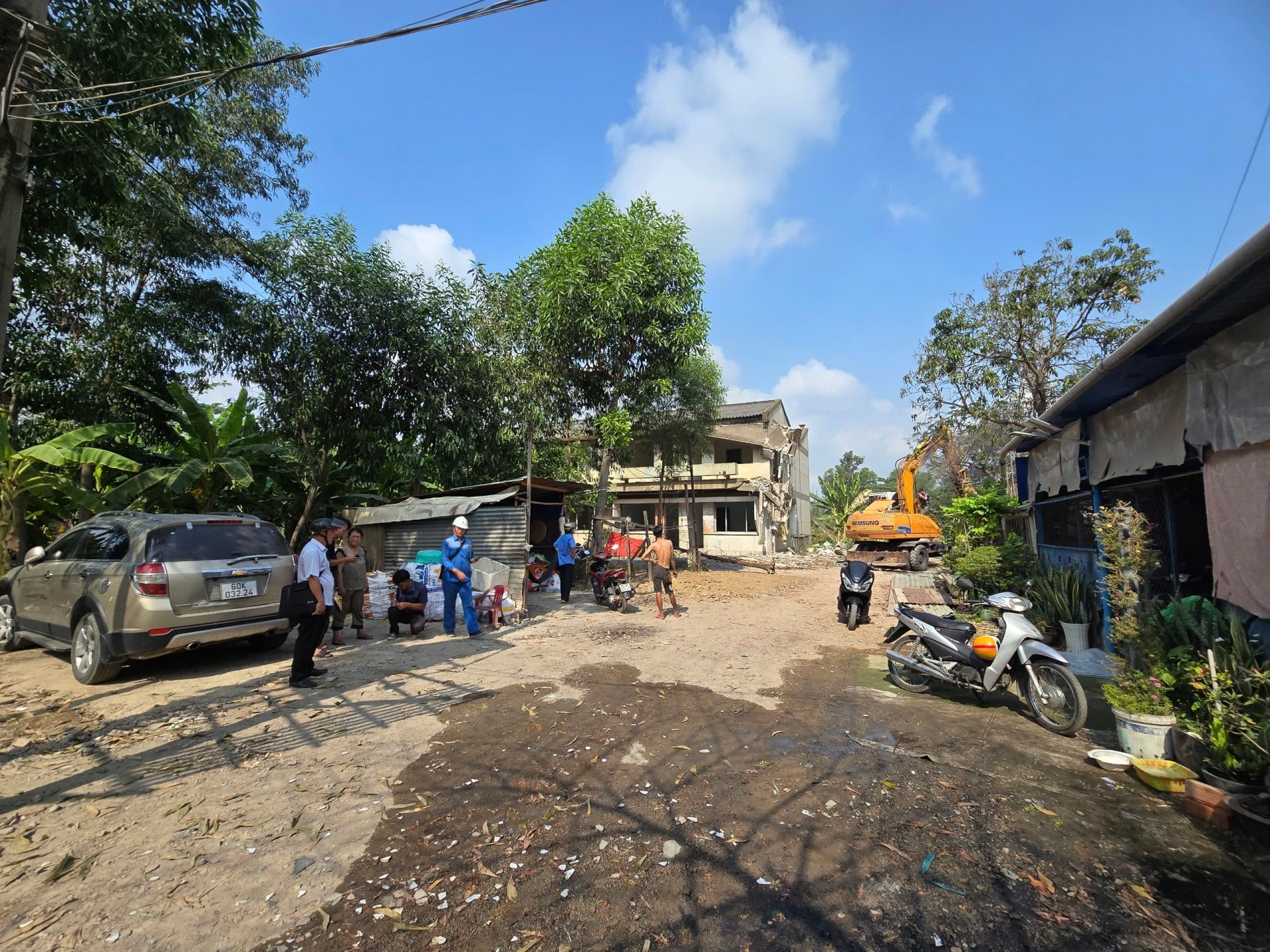











Comment (0)